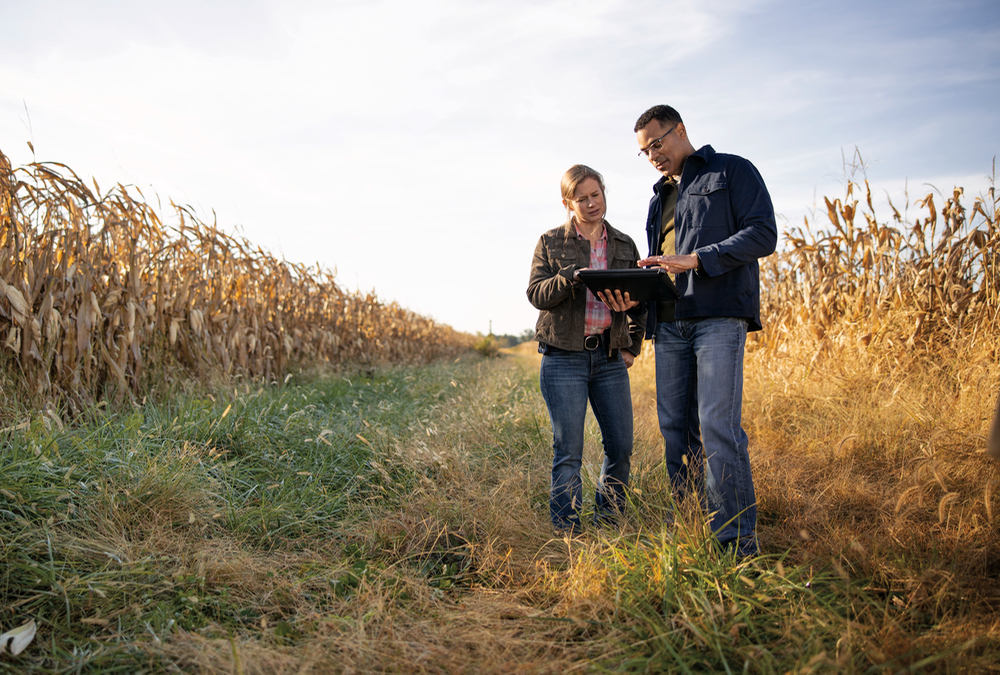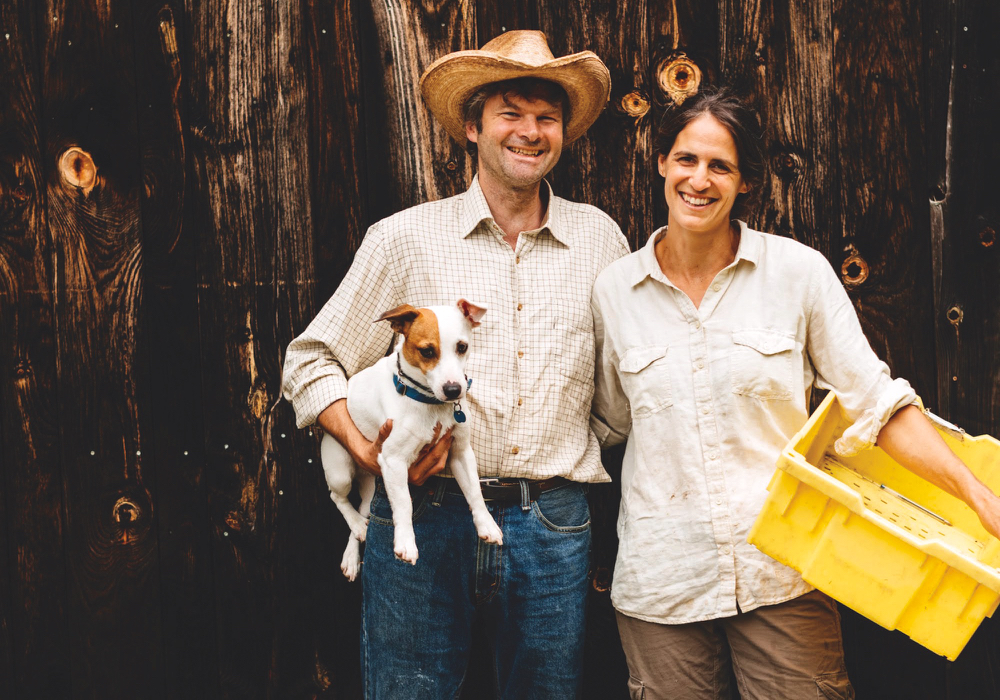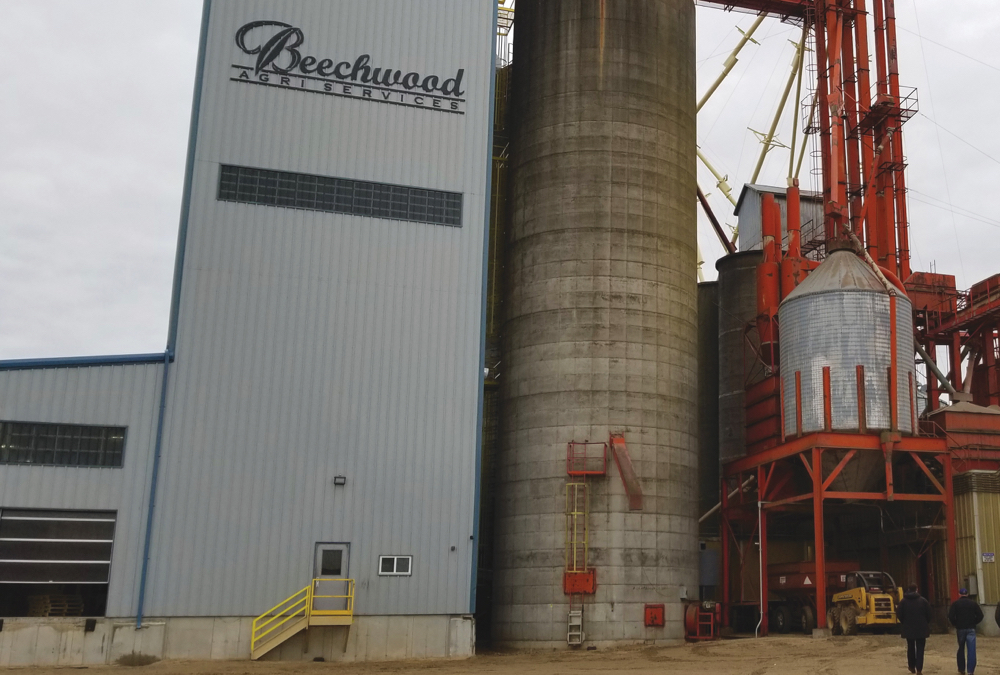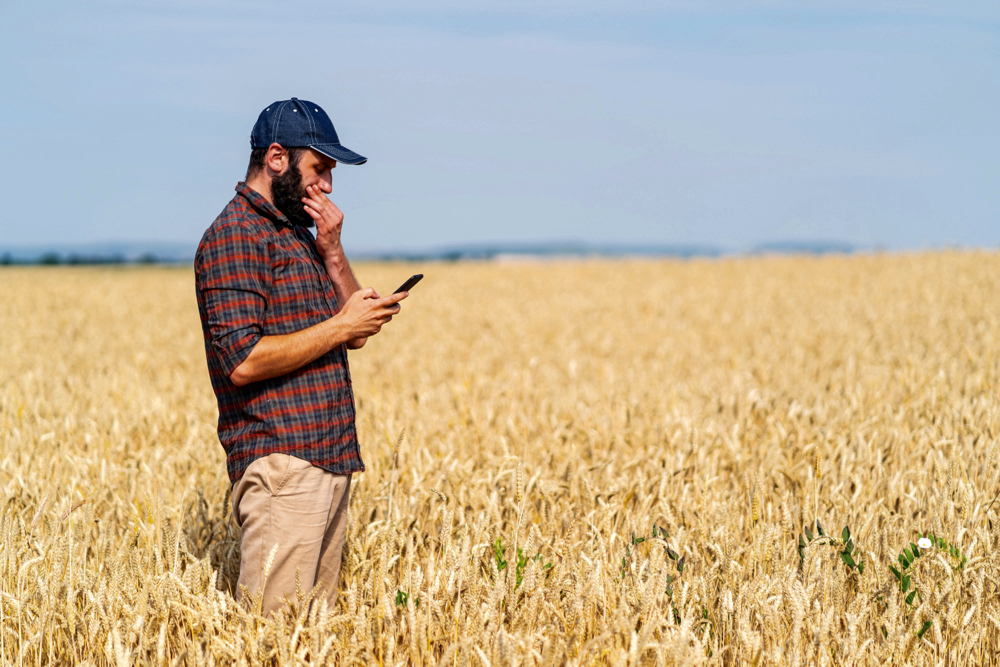From the ground, cloud technology is a lot like one of those fast-moving, cumulus clouds you see on the horizon in summer. It seems so full of rain, and rain would be great for the crop, but all the while you tell yourself not to wish too hard.
But cloud technology is here. It’s happening, and it will create huge opportunities in farming, so we better start to understand a little more.
The cloud acts like an invisible, enormous filing cabinet accessed via the internet. Massive amounts of data can be manipulated and stored there, and it can contain unfathomably complicated programs.
Read Also

The big squeeze: How to be fair to siblings during farm succession
Managing sibling business relationships on family farms.
It is much, much more than a cool way to save photos, and it is already changing how we can use data, allowing analytical platforms to organize a large scope of information like never before.
And already the cloud is changing agriculture. Software programs have come on the scene to manage and download farm data from anywhere — data plunked in the cloud and accessible at the office computer, or on advisers’ computers.
These platforms allow for software programs to use this data. For example, Affinity software is part of a program called Compass and it allows farmers to do their crop planning, including what-if scenarios, and to figure out which products and inputs to use.
Using the cloud, this particular software holds and can share field maps (not to mention connecting to software systems offered by equipment manufacturers). It can also access soil test information, input prescriptions and treatments and crop records, and it can track crop inventory in the bin.
Importantly, it also has a comprehensive accounting program in it that can link with management information and can then be password-linked with an accountant.
And, because it is a Microsoft software program in the cloud, even if the Affinity company disappeared tomorrow, the whole Compass program would still be there.
What a powerful capability!
Yet the implications of the cloud become even broader when you start looking at how companies like Amazon (AWS), Compute Canada and Microsoft (Azure) have created sort of virtual machines that they provide and look after, with all the software installed ready to use — and all accessible via a web browser.
These very powerful “virtual machines” allow for massive amounts of data to be processed by artificial intelligence (AI, for short, but a new meaning of those two letters for those of us in animal agriculture). They also allow for what’s called “deep learning.”
Initially released in 2010, Microsoft Azure is one such cloud computing service for building, testing and managing applications and services through a global network of Microsoft-managed data centres.

University of Saskatchewan computer science professor Tony Kusalik was raised on a farm in southern Alberta and he explains: “The idea with MS Azure and similar facilities (Amazon AWS) is that you don’t need to download the program, and you can use the cloud for more than just storing the data. You can actually do the computation in that virtual space, the cloud.”
There are two ways this can be done. The first is with a program that runs somewhere else (not on your local computer) with software that is accessed through something like a web browser. You don’t have to maintain the software to use it. “You simply start up a web browser, go to the website, enter your information, toggle some button, and the software runs on the computer out there,” says Kusalik. “Soon the results are available and you can look at them, download them.”
The other is through the sort of facility provided by MS Azure and Amazon AWS (and many others) that is more like having your own computer, but not really.
Think of it as a virtual computer that will have a certain CPU, number of cores and a set amount of RAM, just like a real physical computer, although this virtual computer is out in the cloud.
“You can have it pre-provisioned with the software and databases you want, or you can have a basic machine that only has the operating system installed and you provision it with software and upload data,” says Kusalik. “Or you can have a ‘bare metal’ machine where the first thing you do is load on an operating system,” says Kusalik. “A purchaser (user) specifies what he or she wants when he or she makes the purchase. But one does all this via the internet and the actual, physical computer supporting it all is somewhere beyond the horizon.”
Here’s what it makes possible. If you want to use some advanced computer software that requires particular types of hardware or more computing capability than you have locally, now you can rent the necessary hardware on the cloud for the time you need it.
Kusalik likens it to a situation that other farmers will be able to relate to. He has a small trailer for hauling lots of the things he often has to haul, but then he purchased a used tractor in the Medicine Hat area and needed to get it to Saskatoon.
He has three options. He could buy a nice tandem axle trailer and go get the tractor himself. Or he could hire a trucker to pick up the tractor and transport it for him.
But there was also the third option. He could go to his local Flaman dealership and rent a tandem axle trailer. “I’ll hook up the trailer to my pickup, drive down to Medicine Hat, get the tractor, and when the tractor is safely here in Saskatoon, I’ll take the trailer back to Flaman and say ‘thank you,’” Kusalik says, adding “There’s a few details I’ll need to take care of, such as making sure that I have the correct trailer connectors on my pickup to connect to the wiring in the trailer.”
He will also need to treat the trailer carefully, just like it was his own equipment, and he’ll have to be sure he picks the right trailer, so it has the capacity to carry the tractor, “but isn’t overkill.”
Cloud computing services provided by MS Azure and Amazon AWS are like this last option.
Currently, these cloud-based computing services are exceptionally expensive and so are relegated to research and leading-edge companies. But Kusalik says it will likely get progressively cheaper, until the point when a farmer could go into an equipment dealership and be given or buy this service when they purchase a combine, says Tony Kusalik. “Typically, the issue is getting the data up to this platform,” he says.
For now it’s helping scientists like Kusalik learn new ways to help farmers feed the world.
This past summer, president and chief legal officer at Microsoft, Brad Smith, announced that the company is broadening its AI for Earth program with an expanded strategic plan and committing $50 million over the next five years. The goal, via Microsoft Azure, is to put artificial intelligence (AI) technology into the hands of individuals and organizations working to protect our planet, so agriculture is a big part of it.
With its mandate to improve and expand work on climate change, agriculture, biodiversity and/or water challenges, AI for Earth is trying to help monitor, model and manage the earth’s natural systems. “Building on cutting-edge work in Microsoft Research, we’ll help farmers put AI to work not only to better analyze soil and rainfall conditions, but also to use predictive analytics to improve agricultural yields and reduce adverse environmental impact,” says Smith’s announcement. “With the world’s population continuing to grow, these changes cannot come fast enough.”
So far, Microsoft has sponsored over 36 selected researchers and organizations and given them access to its cloud and AI computing resources. In Australia, AI for Earth has already helped Tasmanian ag-tech company The Yield create a system that uses sensors, analytics and apps to produce real-time weather data, right down to field level.
The idea is to help growers make smarter decisions that can reduce their use of water and other inputs while also increasing yields.
“As we look to the future, we’re committed to working with farmers around the world,” says Smith. “We envision a future with broadband connectivity for every farm, and internet sensors for every acre of land.”
This past fall, two University of Saskatchewan computer scientists were selected for these grants, valued at $10,000 each. The research teams also are allowed to use the latest Microsoft technology to create new ways to analyze plants and automatically identify traits related to plant growth, health, resilience and yield. This will help researchers better analyze plant genomics associated with crop traits, such as flowering time, yield, and resistance to stress from drought.
Kusalik and Ian Stavness, associate professor in the University of Saskatchewan’s department of computer science, will get access to various kinds of virtual machines from MS Azure, some with an operating system and various useful software packages installed, and some bare metal machines they can populate with software.
Stavness will use Microsoft Azure cloud computing resources to create new ways to analyze images and videos of plants and crops. The AI capabilities will allow the team to automatically identify traits related to plant growth, health, resilience and yield.

“Having a computer recognize these traits has potential to increase speed, reliability, and precision of trait identification and will provide new opportunities for crop breeders and farmers to directly compare large numbers of individual crops with differences in genetics, growing environment and crop management,” says Stavness.
Kusalik has been using Compute Canada services and is trying out other platforms, including Azure. His team’s goal is to uncover the relationships between plant genes and desirable traits. “We hope the new Azure AI cloud computing platform will help us to enhance deep learning to recognize complex patterns in plant genes so that we can find desirable ones,” says Kusalik. “Finding the links between plant genes and favourable crop traits will help breeders speed up their breeding programs.”
This “deep learning” will find associations between genetics and performance in the field, says Kusalik.
It’s also enabling and improving the process behind scientific research like plant breeding. With access to Azure they’ll be able to test more graphic processor units so they can evaluate which kind works best. They will also be able to figure out how to set up bare-bones virtual machines faster and as easily as possible. “This means in the future a student can walk in with an experiment and in 10 minutes the very complicated program will be ready to go,” says Kusalik.
Improving the processes should eventually play out in better and more availability of cloud-based programs and information. And eventually, this type of computing power will become more affordable and accessible. Theoretically, a farmer might someday be able to walk into a John Deere dealership and along with the equipment will have a long checklist of what’s available computing-wise and get it right there, says Kusalik.
Kusalik, Stavness and their teams of researchers, post-doctoral fellows, graduate students and undergraduate research assistants are part of an innovative research and training program at the Plant Phenotyping and Imaging Research Centre (P2IRC) that is working to transform crop breeding and provide innovative solutions to national and global food security. The university’s P2IRC is managed by the Global Institute for Food Security (GIFS) and is funded by the Canada First Excellence Research Fund.
GIFS research is focused on three areas, namely seed, root-soil-microbial interactions, and digital and computational agriculture, with the underlying focus to not only do research for developed agriculture but to help find solutions for farming in underdeveloped countries as well. Founded by PotashCorp, the U of S, and the Government of Saskatchewan, GIFS has attracted over $100 million in funding to date.















